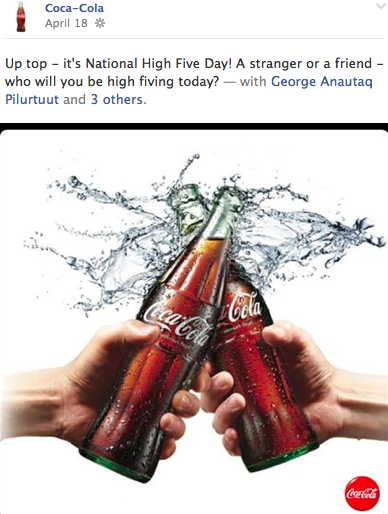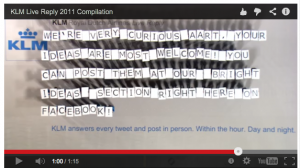Imagine you are selling a product that is extremely depended on weather, such as ice cream. How do you boost sales in your off-season? Let’s learn from Gillette.
In the chilly winter months in Sweden, Gillette Venus Razors sales decrease significantly. How did could it increase sales in its target market, females’ aged 18 to 35, in the harsh winter?
It developed a rewards-based campaign that encouraged people to “tag the weather.” Swedish woman uploaded their “bad-weather-picture” on Instagram. They were given a “bad weather score” based on the local weather. With this score they were offered a discount on Venus razors; the worse the weather, the bigger the discount. All photos were displayed in an online gallery the winner won a trip to Miami. Here the winning picture:
The result? Over 5,800 pictures were uploaded. 444,500 users were reached, but they were also well targeted! 91% of all Swedish women ages 18 to 35 on Facebook and Instagram were reached. Online sales of blades doubled, and sales of the campaign product sold over 570%.
What can we learn from this campaign?
(1) The importance of clearly targeting the right market, (2) following current social media trends, namely uploading pictures of the weather, (3) the importance of partnering with an e-retailer, so that customers could order their razors right after receiving their discount, (4) making an interactive process when giving discounts.







